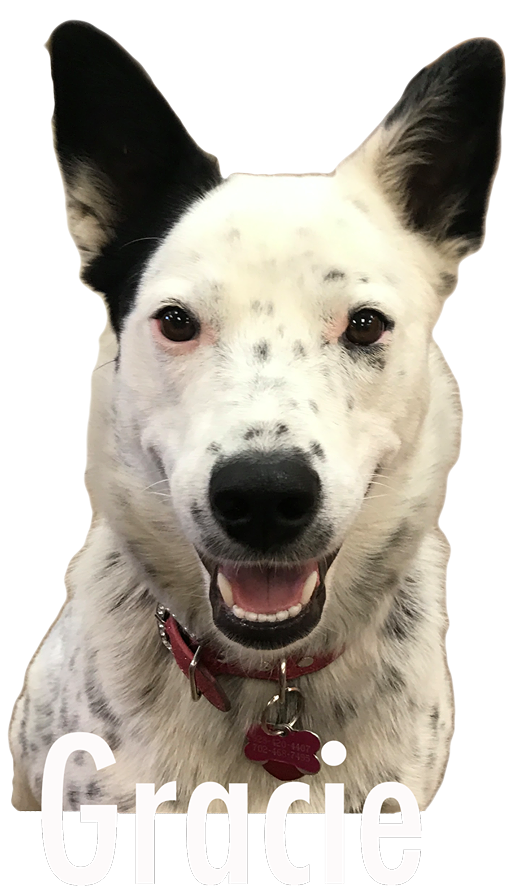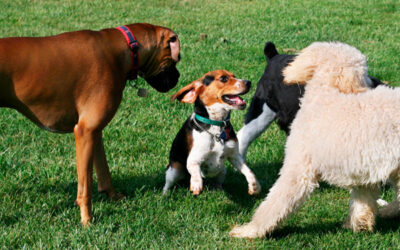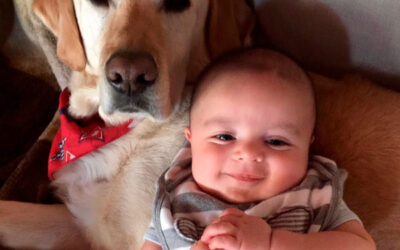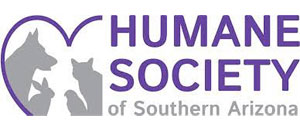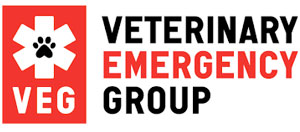While walking with our canine family members, many of us encounter other dogs whose handlers would like their dogs to greet and socialize. Often, this seemingly simple situation can quickly escalate and can even lead to aggression or worse. The ability to read canine body language from both your dog and those they encounter can be that game changer that sets them up for success. Many people understand what a wagging tail means or when the hackles stand (piloerection), but let’s look at the things that are not common knowledge, like the different ways canines show stress or that they are uncomfortable. Without words, our furry family members can tell us how they are feeling and what’s even more impressive is their ability to read other canines!
Self-calming signals are things that dogs show when they are stressed and a way of self-soothing that takes their stress levels down in various situations. The Big Four Signals that I think are the most important and most overlooked are: yawning, licking their lips or nose, shaking off their whole body (like they are shaking off water after a bath), and scratching.
When a dog sleeps many hours a day and is yawning, it usually indicates something is stressing them out. If not remedied, it could turn into a fight or flight situation. Many canines do this when visiting their veterinarian’s office or in other stressful situations. One of my dogs exhibited this when she was near a car and when getting into a car. With the practice that desensitized her to this, she now happily jumps into the car stress-free. Licking their lips or nose when food is not present is another common way dogs show that they are nervous or stressed. Shaking in an excessive way, like they just got out of the water, can be their way to relieve stress as well. One of my dogs often does this when another dog barks or growls; he shakes off the stress instead of reacting! Scratching at their collar or a spot that’s not related to itching can also indicate stress or fear. Many people can misinterpret these signs, however, with a better understanding of canine behavior, you can set your pup up for success by understanding and anticipating their needs. I like to teach my clients to notice these behaviors so they can evaluate the best way to train through these situations.
The more educated we are as handlers and teammates for our canine companions, the better equipped we will be when we find ourselves in a tricky or dangerous situation. Being a voice and advocate for your dog when they cannot verbalize can change the outcome of their lives. Reading other dogs’ behavior can also help you make educated decisions and set your dog up for success when interacting with others.
For more information contact completecaninetucson@gmail.com
Definitions:
Calming Signals: A term conceived by Norwegian dog trainer and canine ethologist, Turid Rugaas to describe the patterns of behavior used by dogs when interacting with each other in environments that cause heightened stress and when conveying their desires or intentions.
Desensitizing: to make (a sensitized or hypersensitive individual) insensitive or nonreactive to a sensitizing agent. 2: to make emotionally insensitive or callous specifically: to extinguish an emotional response (as of fear, anxiety, or guilt) to stimuli that formerly induced it.
